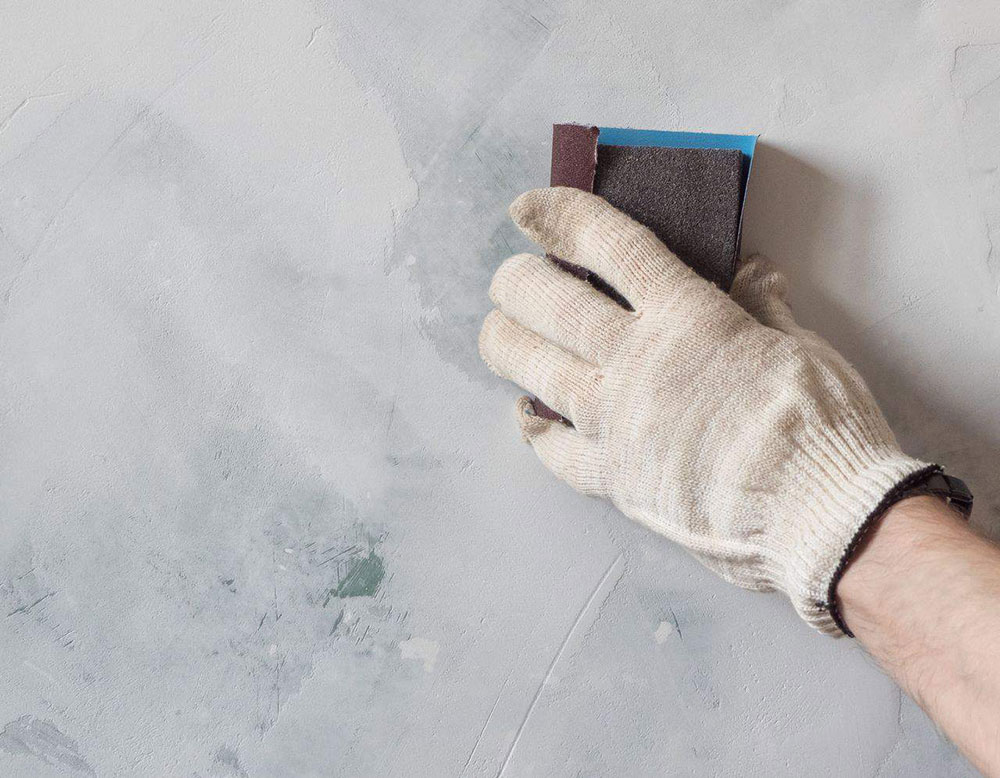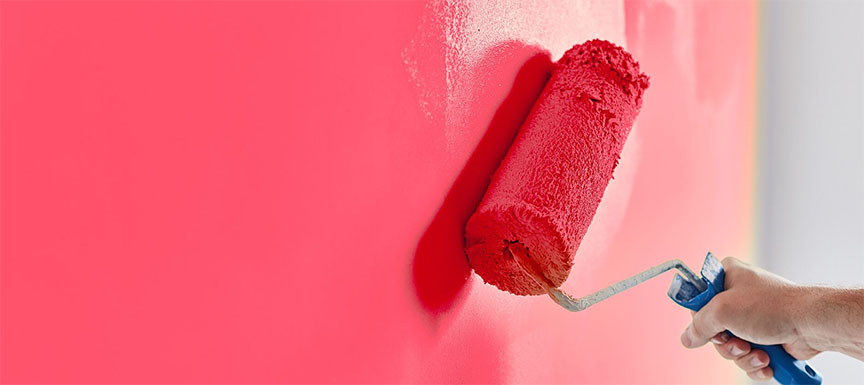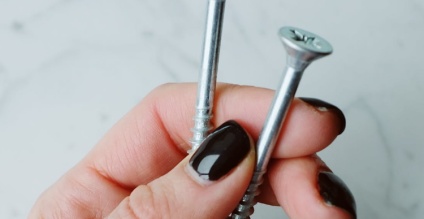How Do You Fix Common Paint Problems Like Cracking or Peeling with Colour Supplies
How Do You Fix Common Paint Problems Like Cracking or Peeling?
Paint should protect and transform a surface—but when it starts to crack, peel, bubble, or flake, it becomes a headache rather than a highlight. These problems are not only unsightly but can also lead to further issues, such as surface degradation, damp, or mould growth, especially in moisture-prone environments.
Understanding the causes of common paint failures and knowing how to fix and prevent them is essential whether you're redecorating a bedroom, working on a commercial renovation, or applying a protective coating in an industrial setting.
In this guide, we’ll go over how do you fix common paint problems like cracking or peeling. We will break down the most frequent paint problems, explain why they occur, how to fix them properly, and how to avoid them in the future.

Cracking Paint: What Causes It and How to Repair It
Cracking paint—also called crazing—usually starts small but can lead to larger problems if ignored. It occurs when the surface paint film loses flexibility and begins to split due to poor adhesion, movement, or environmental stress.
What causes cracking paint?
- Applying paint too thickly or too quickly
- Using incompatible paint types (e.g. emulsion over gloss without priming)
- Painting in extreme heat or direct sunlight
- Insufficient surface preparation
- Natural movement of surfaces such as wood or drywall
How to fix cracked paint
To repair cracked paint, start by removing any loose or flaking areas with a scraper or abrasive pad. Sand the surface thoroughly to feather edges and provide a smooth base for new paint. After cleaning the area to remove dust or contaminants, apply a flexible primer appropriate for the substrate—especially important for wood or metal. Finally, repaint using thin, even coats of a high-quality, flexible paint, allowing each layer to dry fully before applying the next.

Peeling or Flaking Paint: How to Stop It in Its Tracks
Peeling paint is one of the most common and frustrating problems in decorating. It happens when the topcoat loses its grip on the surface below—often due to poor adhesion, moisture, or product incompatibility.
What causes peeling paint?
- Applying paint over grease, dust, or old flaking layers
- Skipping the primer step on porous surfaces
- Using incompatible products (e.g. latex over oil)
- Environmental moisture—bathrooms, kitchens, or poorly ventilated areas
- Natural wear and tear on aged paint systems
How to fix peeling paint
Start by removing all loose paint using a scraper or sanding tool. Wash the surface to eliminate grease or dust, and then apply a suitable primer for the substrate—this might be a bonding primer for glossy finishes, or a moisture-resistant one for high-humidity rooms. Once the surface is prepped, repaint using the appropriate paint system for the environment and material. Always follow the recommended drying and recoating times to ensure a strong, lasting bond.

How to Prevent Paint Problems from Coming Back
The best way to deal with paint failures is to prevent them in the first place. Proper preparation and choosing the right products for the job will significantly reduce the risk of bubbling, cracking, or peeling—whether you're painting a living room, a factory floor, or an external facade.
Prevention checklist:
- Thoroughly clean and dry surfaces before painting
- Use primers suited to your paint type and substrate
- Apply paint in recommended environmental conditions (avoid humidity, heat, cold)
- Follow correct drying and recoat times
- Choose quality paints that match the job: breathable, flexible, or industrial-grade as needed

Conclusion: Trust Colour Supplies for Expert Coatings and Advice
How Do You Fix Common Paint Problems Like Cracking or Peeling
At Colour Supplies, we go beyond selling paint—we help you get it right, from the first coat to the final finish. With decades of experience in both decorative and specialist industrial coatings, our team understands the real-world challenges faced by DIYers, tradespeople, and contractors alike.
Whether you're struggling with stubborn peeling in a bathroom, or need advice on prepping metal for protective coatings, we can help you find the right primers, topcoats, and tools to solve your problem and prevent it from coming back.
Related Articles
Brands you can trust - Spotlight on: Workwear
At Colour Supplies we want to bring you great brands that we know will deliver on performance for you. In this blog the spotlight is on our Workwear brands - for professionals and DIY-ers alike.
New, bigger hardware departments
From DIY to the Trade, if you need hardware call in to Colour Supplies where you'll now find an even bigger and better range to choose from.






